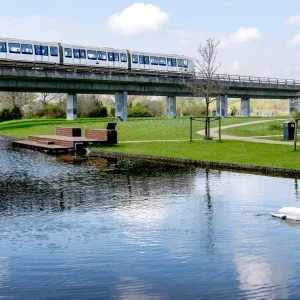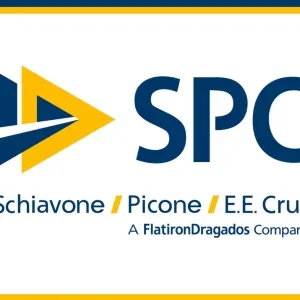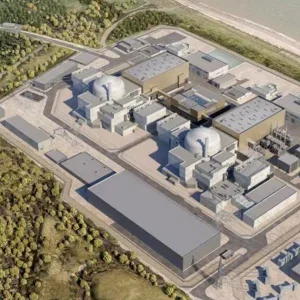The winners are:
Mechanical Engineering: Herrenknecht with its continuous tunnelling
Climate Protection: Liebherr France with its hydrogen-powered excavator
Digitalisation: MiC 4.0 Machines in Construction with one common digital language for construction sites
Construction: Holcim (Germany) GmbH with CPC – Carbon Pre-stressed Concrete
Research: Freiberg University of Mining and Technology Mechanical Engineering Institute with Deep Sea Sampling
It is the third time Herrenknecht has won a bauma award. This year’s award recognises the company’s new technology for excavating tunnels in all common soft ground formations, with or without water-bearing layers.

Herrenknecht founder and CEO Dr-Ing E.h. Martin Herrenknecht said continuous tunnelling was the next significant innovation step in mechanised tunneling.
“New underground traffic routes have to be built ever faster. Continuous tunnelling gives clients and contractors a decisive time advantage that ultimately benefits the entire project and all partners involved. Railroad, metro and road tunnels can be built and put into operation significantly faster,” he said. “I am particularly proud of the Innovation Award because the new tunnelling method was developed and put to use in Schwanau by our experienced engineers together with young colleagues.”
Until now, mechanised tunnelling with shield machines in soft ground has always been a stop-and-go sequential process; excavation has to pause for the ring-building sequence and the subsequent driving cycle can be started only when the next segmental ring has been installed. A continuous tunnelling process, however, allows excavation to continue while the lining rings are being installed, thereby saving time.
Herrenknecht AG says its continuous tunnelling system achieves a notable increase in efficiency during tunnel construction, especially in longer tunnel sections.
In continuous tunnelling, the thrust cylinders that push the machine forward take over the force share of those cylinders that are retracted for ring building. To ensure that the machine stays on course under these conditions the centre of thrust resulting from the combined driving forces of the applied thrust cylinders must remain unchanged in its position. At the heart of continuous tunnelling is software that can precisely calculate the necessary pressures in the thrust cylinders, ensuring the machine operator can control the TBM along the specified alignment.
In continuous advance, instead of the machine operator controlling the pressures in the thrust cylinders manually using rotary controls (potentiometers), Herrenknecht developed the Center of Thrust (CoT) system. It consists of a display panel that shows the operator the current position of the centre of pressure so they can select the desired position of the centre of thrust. The corresponding control of the thrust cylinders is handled by the computer’s algorithms.
Herrenknecht says an increase in total tunnelling performance of up to a factor of 1.6 can be achieved with continuous tunnelling.
The continuous tunnelling method is being used on the HS2 rail line between London and Birmingham.
Herrenknecht won a bauma in 2019 for the E-Power Pipe method for the environmentally-friendly laying of underground cables, and in 2013 for Pipe Express, a semi-open method for laying pipelines.







